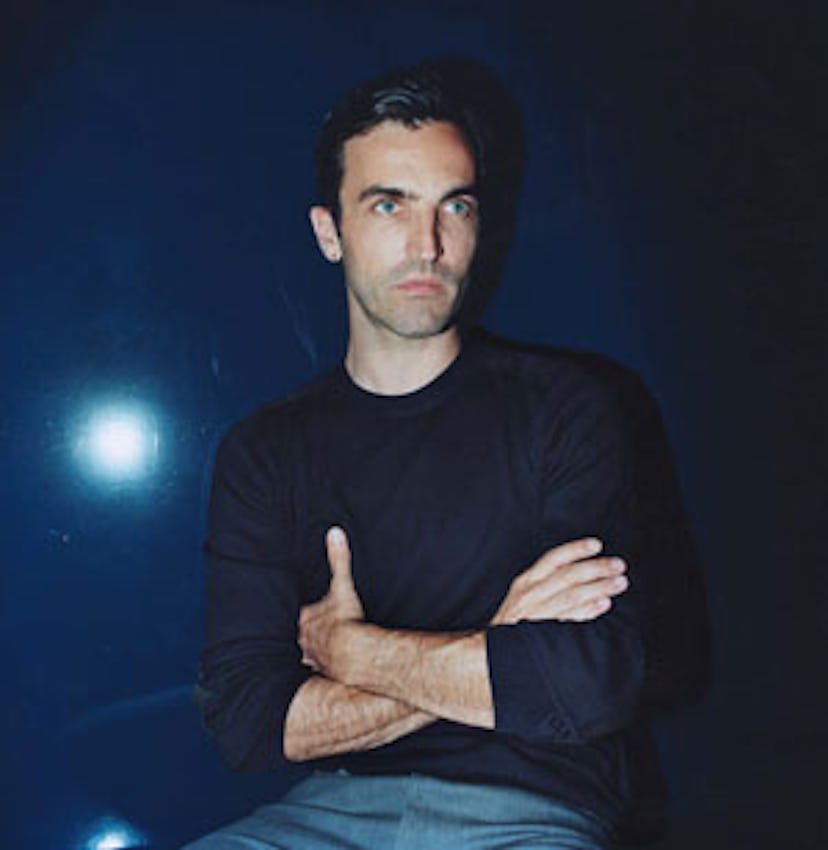Nicolas Ghesquière

Like some potent liquor, a Balenciaga show is of the bracing, full-strength, knock-your-socks-off variety—guaranteed to alter your perceptions. It’s all thanks to Nicolas Ghesquière, a compact young Frenchman with piercing eyes and even sharper fashion instincts. Over the past 10 years, he has transformed a sleepy couture name into an electrifying luxury house for the modern age, one that inspires other designers great and small, sends legions of knockoff artists into overdrive and compels women around the world to join waiting lists for his ultracool handbags, hipper-than-thou pants and killer heels. He has also been an unsung pioneer in many ways, linking fashion and art by tapping Dominique Gonzales-Foerster to codesign his otherworldly Balenciaga boutiques and planting the shops where you’d least expect: next to the former Dia Center in New York’s Chelsea district or on a forgotten street in central Milan. Credit Ghesquière, too, with fashion’s recent penchant for couture details and extreme footwear, and with being there first with a covetable, logo-free handbag. His Lariat, with braided handles and dangling zipper pulls, introduced back in 2000, still sets hearts racing—and plastic swiping. Ghesquière has succeeded in creating an unmistakable look for Balenciaga with his precise silhouettes and slick futurism. But he has also invoked retro, summoned ethnic, joined the navy and gone preppy—leaving his audience constantly guessing about where he’ll take fashion next. “If I can be inspired each season, I enjoy this challenge and freedom of expression,” he says. “I love the idea of the white page. Everything is possible again and again. It’s such a dream job.” As for his quick-change-artist ways, he says, “It’s more about building a signature than trying to change fashion.” Another unexpected place Ghesquière has taken Balenciaga, part of Gucci Group, is to the land of profits, reaching a 2007 breakeven deadline a year early—and proving that designers can be both forward-thinking and retail-friendly. How’s that for a new wave?